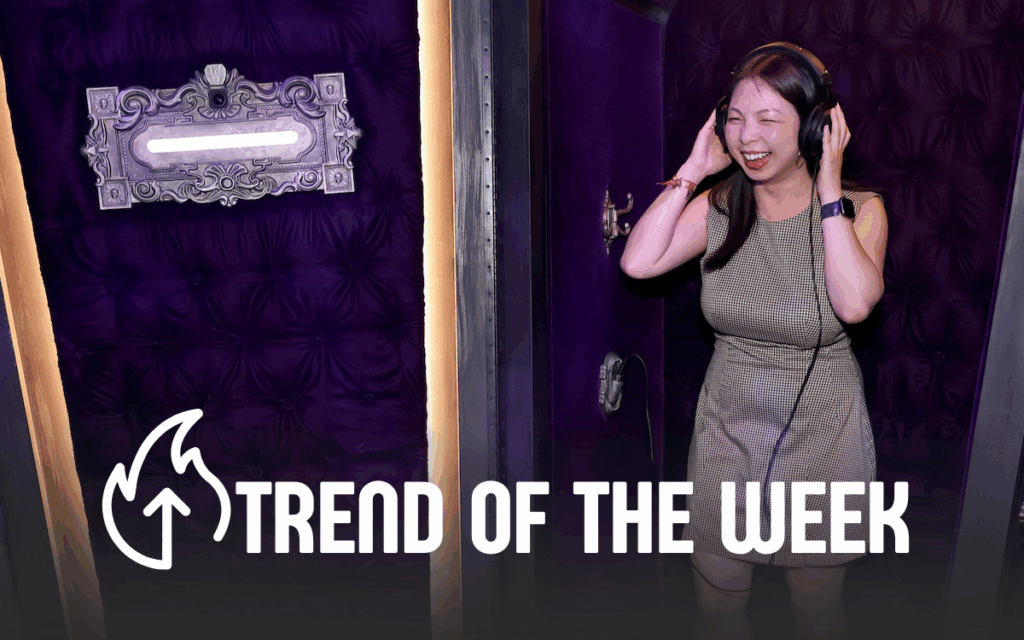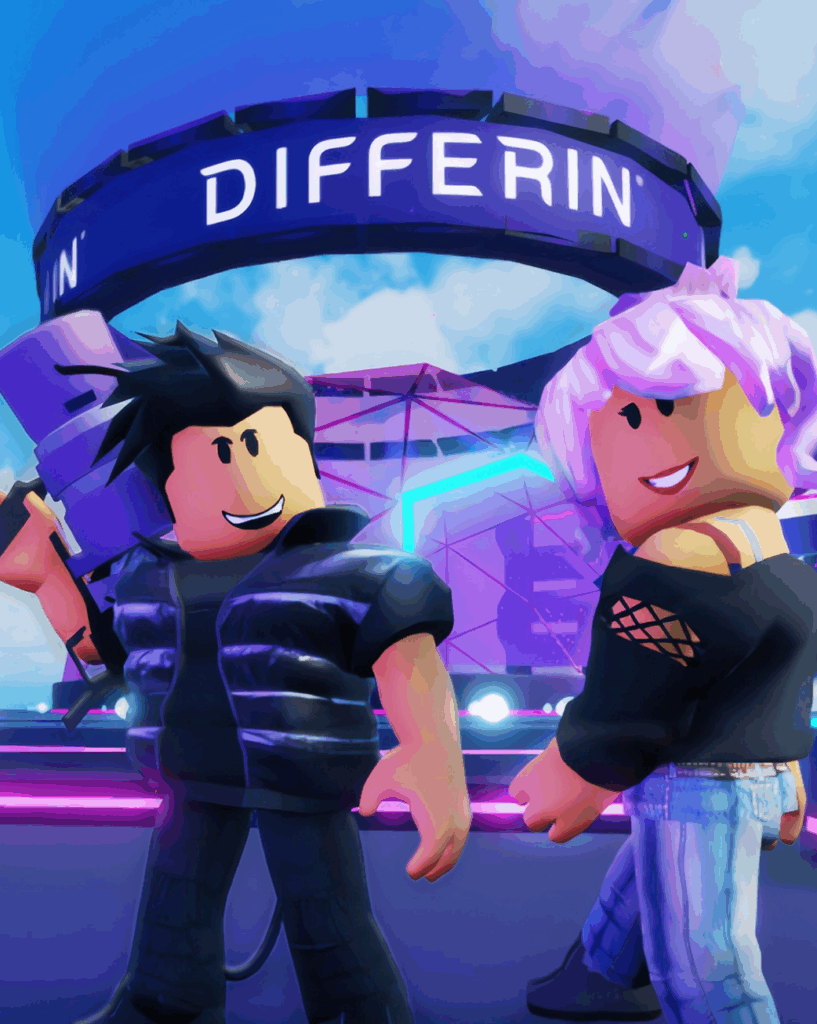The sweet beat of branding will reverber during the Rolling Stones’ performance at this year’s Super Bowl. The multigenerational appeal Stones’ music brought to the halftime show was powerful currency for the Natonal Football League. The first professional sports league to effectively use music as generational and emotional currency, the NFL’s Super Bowl XL halftime show demonstrated how to perfectly integrate music into a brand. Now in their fifth decade of performing, the Stones are one of music’s iconic bands, and their music spans generations from the Boomers and the Echo Boomers, to Gen X, Gen Y and even the newest generation, dubbed the Millennials.
A story headlined Kids Are Listening To Their Parents’ Music, published in a spring 2004 edition of USA Today, addressed this trend. In it, rocker Greg Allman (now aged 57 and celebrating his 35th year of recording and touring) said of his current flock of fans, “I could be some of those people’s grandfather.”
My 10-year-old daughter Samantha has an iPod play list that includes The Black Eyed Peas, Outkast, Christina Aguilera and Jewel, as well as songs by the Stones, the Beatles, Queen, Bruce Springsteen, Elvis, Sinatra and Count Basie.
As the late Freddie Mercury, lead singer of the rock group Queen so eloquently put it, “music is what connects me to the fans and connects the fans to me.”
Isn’t it a brand manager’s dream to be able to say that about their brands? With the proper expenditure of music—AKA “generational currency”—they could.
NFL sponsor Sprint understands the power of multi-generational currency better than anyone. In its current deal with the NFL, the telecom has a number of initiatives that include music as part of its sponsorship activation. Sprint distributes ring tones, screensavers and wallpaper including exclusive products related to major NFL events, such as the NFL Draft and Super Bowl.
Enhancing the magnitude of the sponsorship, Sprint was the presenting sponsor of the NFL Opening Kickoff 2005 event, a three-city football and music special that aired September 8 on ABC prior to the New England Patriots and the Oakland Raiders game in Gillette Stadium.
Sprint’s Super Bowl activation included the “Sprint’s Super Bowl with the Rolling Stones Sweepstakes.” The Sprint Web site prominently featured a scoreboard with a shot of the band in concert, as well as a side panel with headshots of the band members. TV spots that prominently featured the Rolling Stones in concert supported the Sprint program more than the Super Bowl game. The winner of the sweeps received a trip to Super Bowl XL, but the TV commercial talked more about the fact that the winner and 20 of his/her friends would be on the field to view the Stones’ halftime show.
Tuning in
Another aspect of the NFL’s relationship with music can be seen in its vast library of NFL game films. Each reel of highlights has a music sound bed underscoring each tackle, interception and touchdown perfectly in sync with the action to heighten the drama and intensity of the moment.
The NFL’s integration of music and football speaks to young adult males and their increasingly short attention spans. Because of the many tech-driven entertainment options they have at their disposal, young men expect and are accustomed to getting everything fast and at the same time. It’s not unusual for them to simultaneously be online, on their cell phone, watching TV and listening to an MP3 player.
It’s no surprise then, that other professional sports, such as baseball, which moves at a slower, more methodical pace without a lot of “action,” have begun to incorporate music as a part of the “show” to combat slipping TV ratings.
Recognizing the need to draw in key young adult audiences who are passionate for music, ESPN began incorporating music into its Sunday night Major League Baseball broadcasts, with a segment called Seventh Inning Sound Check. During the seventh inning stretch, ESPN interviews a hot musical artist about their passion, not for their music, but for baseball. To heighten audience interest, the featured musician has some connection to the host city of that night’s game.
Music is the currency of the younger generation. And because we were all young once, it was and still is our currency as well. When tapped relevantly and used effectively, music’s ability to “connect” creates a stronger connection on many levels between a brand and its target.
How does a marketing or brand manager integrate music into their branding efforts? Start by defining your business, brand, marketing and sales objectives, then dig deep for those brand, marketplace and consumer insights that will help you create an activation platform and strategies to achieve your objectives. Then, you can determine which artist and/or band is the right fit for your brand. (After all, as much as I like his music, I wouldn’t pair 50 Cent with Froot Loops breakfast cereal.)
Brands using music (think Miller Brewing, Coca-Cola, Honda Civic) as generational currency have dug deeper to develop fully integrated, even holistic, programs that provide a unique brand experience and connection using music, and not a music experience “sponsored” by the brand.
Tom Valdiserri is senior VP-entertainment and alliances for The Marketing Store, Chicago, specialists in brand activation. He can be reached at tom.valdiserri@tmsw.com.



